From pv magazine 11/2021
Improvements in technology have greatly increased the amount of data available to PV plant operators. But adding more advanced and interconnected sensors to track detailed metrics also complicates the tasks of data management and interpretation. Data needs to be visualized and analyzed to support the grid operator and operations and maintenance departments in their crucial decision-making processes to keep PV plants, and the grid, running optimally.
Rapid improvements in hardware –from soiling sensors and data loggers to drones and cleaning robots – have opened the way for new techniques like machine learning and artificial intelligence. These enhancements allow for speedy inspection and predictive maintenance in solar power plants – alerting of faults before they occur, and scheduling cleaning and other interventions to optimize impacts on cost and plant performance.
Today, data analysis and AI can identify and forecast the best time to supply the grid with solar energy or not, to take action when a disruption affects the overall performance of the grid or an individual PV plant, and to inform the plant operator based on factors collected and analyzed to minimize the operation cost for investors. O&M companies have expressed an interest in data analytics and artificial intelligence through their investments and in developing new software to provide more insight, accurate information, and faster fault detection.
“When we have machine learning algorithms and data analysis tools to support the O&M technicians in routine works, that will save a lot of time – pre-checking for particular problems and offering suggestions,” said Mohamed Harrou, head of SCADA at BayWa r.e. Operation Services.
It is a fast-moving sector and many companies are moving to commercialize the huge potential of AI in power plant monitoring. GreenPowerMonitor (GPM), a DNV GL company, offers one example, as it is currently managing and monitoring 50 GW of renewable power plants, including 40 GW of solar.
Smart transition
To deliver on growing requirements from both investors and plant operators, a huge amount of work is underway with data experts and engineers developing machine learning and data analysis algorithms. GPM saw an opportunity to help its customers in transitioning from gray to green energy by offering them the “monitoring room experience,” and using data to illustrate the realities and opportunities of working with green energy supply.
“We decided to add data experts to our team and accelerate the use of machine learning and artificial analysis, trying to squeeze the data we have been gathering for many years and find the patterns to turn it into more actionable information for shaping the future for our customers and maximizing revenue from their assets as our main goal,” said Juan Carlos Arévalo, CEO at GPM.
Looking to stay ahead of the market and deliver clean energy more efficiently, GPM merged the latest advanced analytics into its offering, and decided to acquire the PV analytics technology platform PEAK from Austria-based Alteso. “We saw an opportunity in integrating Alteso machine learning and data analytics algorithms into our technology to accelerate the development of our platform for offering monitoring and asset management,” added Arévalo.
Centralized monitoring
Scatec Solar, a Norway-headquartered power producer that develops, constructs and operates PV plants all around the world, has implemented a global operations and maintenance control room that performs advanced data analytics and output maximization.
To manage a global portfolio of energy assets, the company is investing heavily in data analysis software, transferring data from local plant monitoring stations to a central control room to examine data efficiently using machine learning, applying algorithms and squeezing data to produce patterns to locate any underperformance or unusual patterns.
“We implement performance analysis in the global monitoring room in Cape Town, South Africa, using machine learning for trends, various elements of the plant performance and initiating the action of troubleshooting if they detect underperformance of any kind,” said Pål Strøm, a senior vice president working in O&M at Scatec.
Solar is a particularly data-heavy form of energy generation. Compared to hydro, for example, where there are just a few turbines to monitor, a PV plant is made up of many different components that can impact the performance and need to be observed closely in operation, as well as the weather being a key performance factor. The sheer volume of data, according to Strøm, makes analysis and detection of a fault somewhere in the system, a complex task.
Technicians increasingly depend on the use of AI and machine learning to tell them when a module or string may be underperforming, and to help them decide when it is worth taking action. “Advanced AI is certainly interesting to us, as a tool to further optimize our analytics platforms,” said Strøm. “Currently, we have implemented machine learning algorithms only on data that could reveal specific problems.”
Drones and digitization
Aerial thermography is another example where digital intelligence is making an impact in PV. In this case, infrared camera technology, image processing, machine learning, neural networks and digital communication mechanisms are combined to deliver automated and optimized tasks on-site to the highest accuracy, reducing the labor involved in isolating a hot connector or other issue before a technician can repair it.
“Scatec has a program in the research and development department where we are looking to fully automate the drone with more advanced machine learning techniques, we have autonomous drones that fly but can also perform the analysis by themselves and send a work request back to a control room,” said Strøm.
So far, cleaning of solar modules has proven a challenge for many solar plant operators. Balancing the performance loss from soiling with the cost of initiating a cleaning cycle is one area that can benefit from sensors and big data analytics.
Integrating performance data with weather is efficient for the monitoring of large plants and for developing an optimal cleaning schedule. Using intelligent cleaning robotics in a high soiling environment can be more efficient, as installed cleaning robotics can host sensors to collect data and weather forecasts. Strøm added that Scatec is currently in discussion with a robotics supplier to implement data collection that would help to detect hotspots and losses in the panel as they pass over.
Grid integration
The push for big data analytics among PV plant operators also brings huge benefits to grid operators. Data analytics can improve reliability of PV plants, analyzing the enormous amount of meteorological data, forecasting output, and using this information to make predictions and decisions about when to store or distribute solar power into the grid.
GPM has specialized teams to ensure PV plants are connected optimally. These teams are modelling and simulating in advance of solar project grid connection and sharing the results of these models with grid operators in an attempt to facilitate smooth grid integration.
“In the future, it is going to be very important to connect the renewables to the grid in a smart way,” said Arévalo. GPM supports the Australian Energy Market Operator (AEMO), which operates Australia’s transmission network, by sharing PV plant data with AEMO as it grapples with the engineering and economic challenge of integrating large amounts of renewables into the grid.
It is clear that data analysis, data analytics, machine learning and AI are not just buzzwords. There are real innovations being applied and they are increasingly enabling O&M service providers to evolve and interact with the renewable energy projects in their portfolio. “It is a very young industry, the learning process for us as O&M companies has just started to evolve,” said Baywa’s Harrou.
This content is protected by copyright and may not be reused. If you want to cooperate with us and would like to reuse some of our content, please contact: editors@pv-magazine.com.
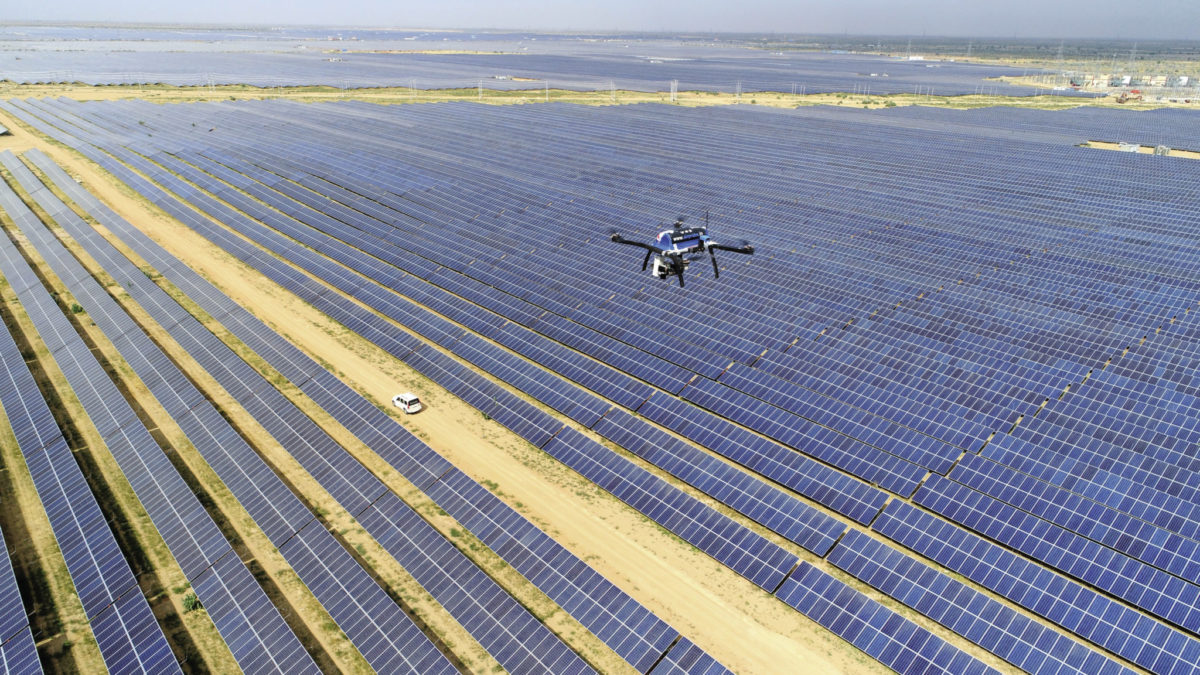
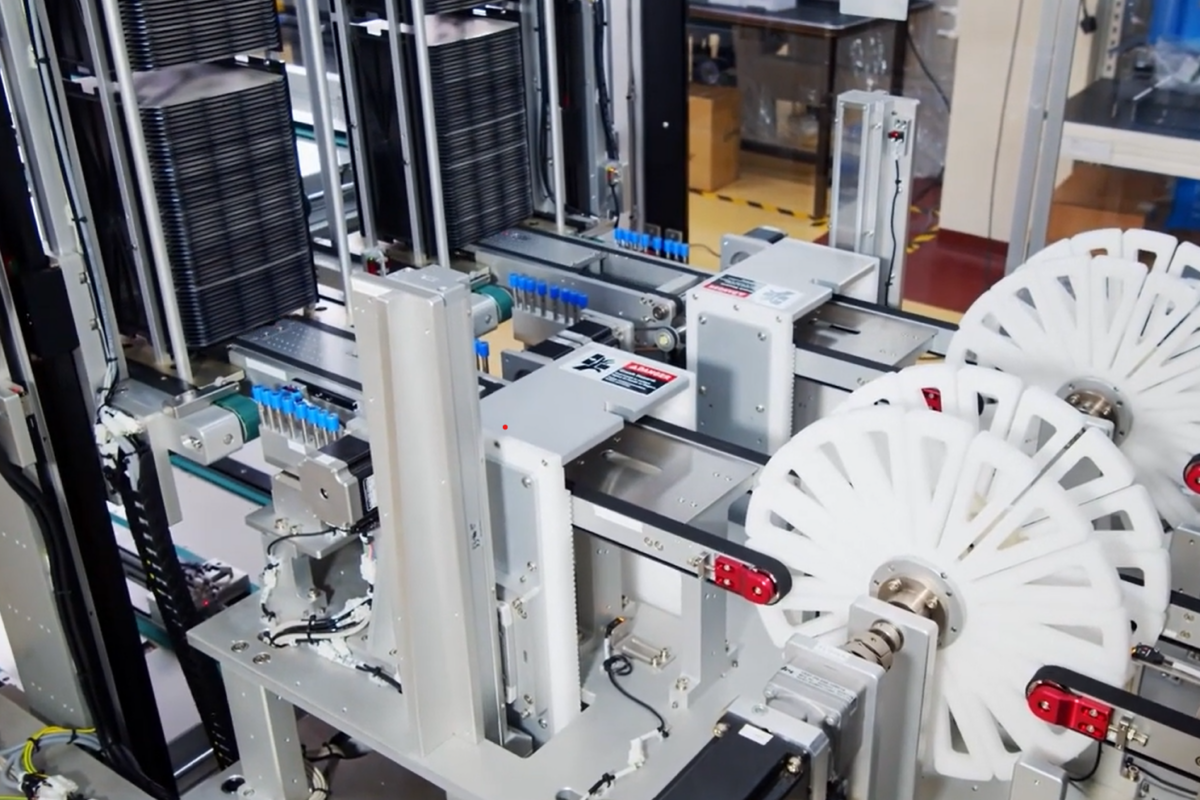

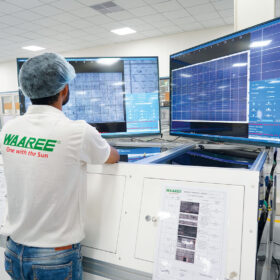
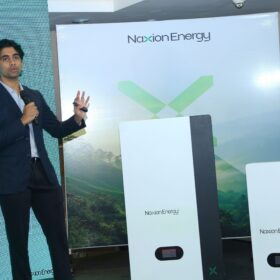
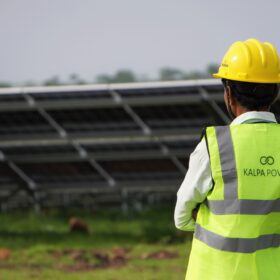
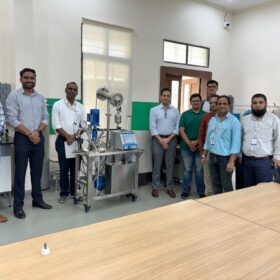
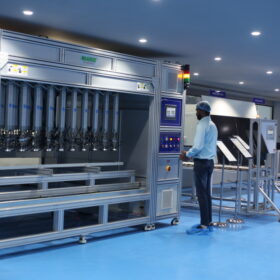
Interested in seeing extensive solar roof top installation on all urban residential areas. Power generated is used for green production,suburban transport,many defence industry and other utilities.